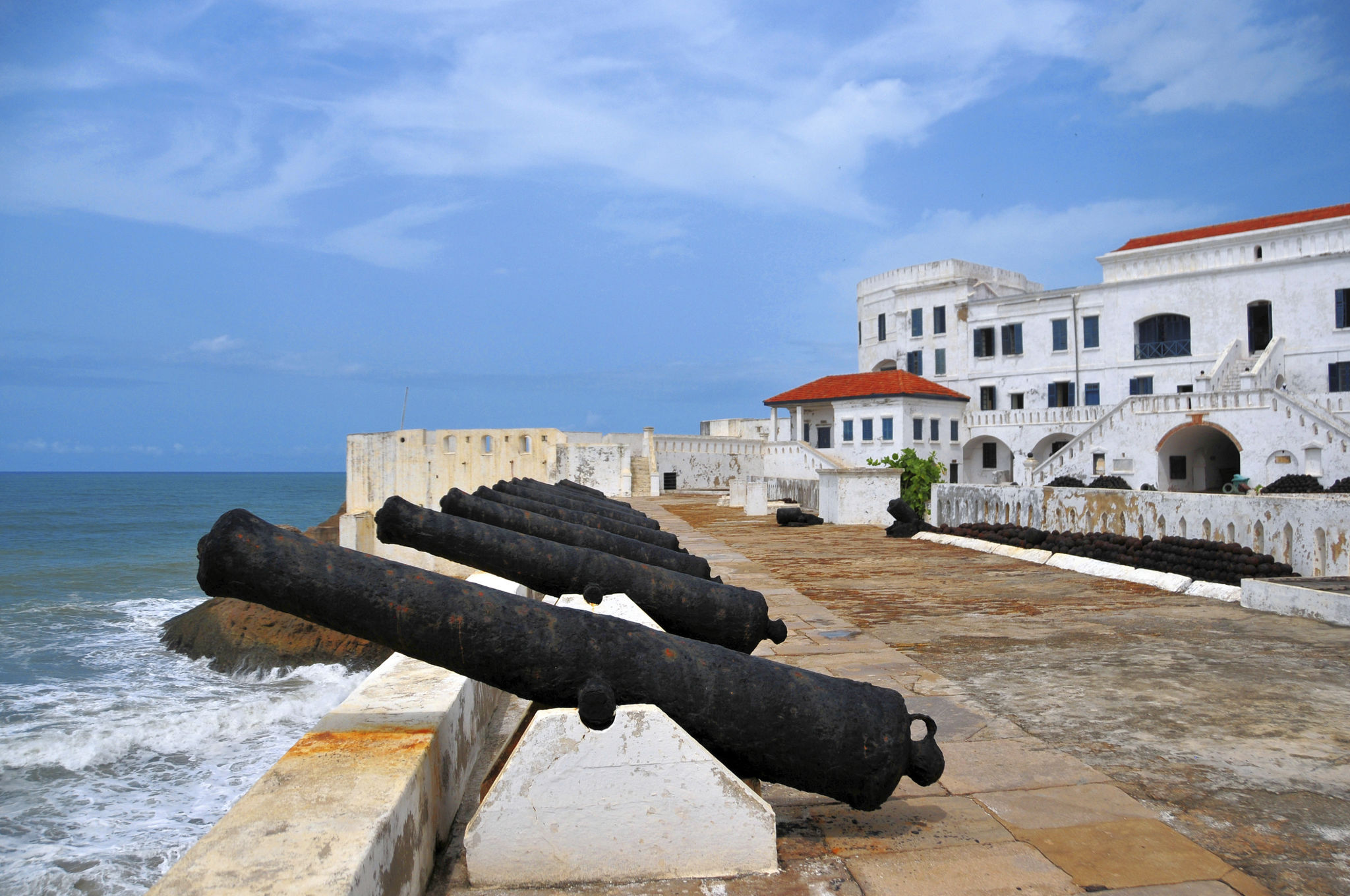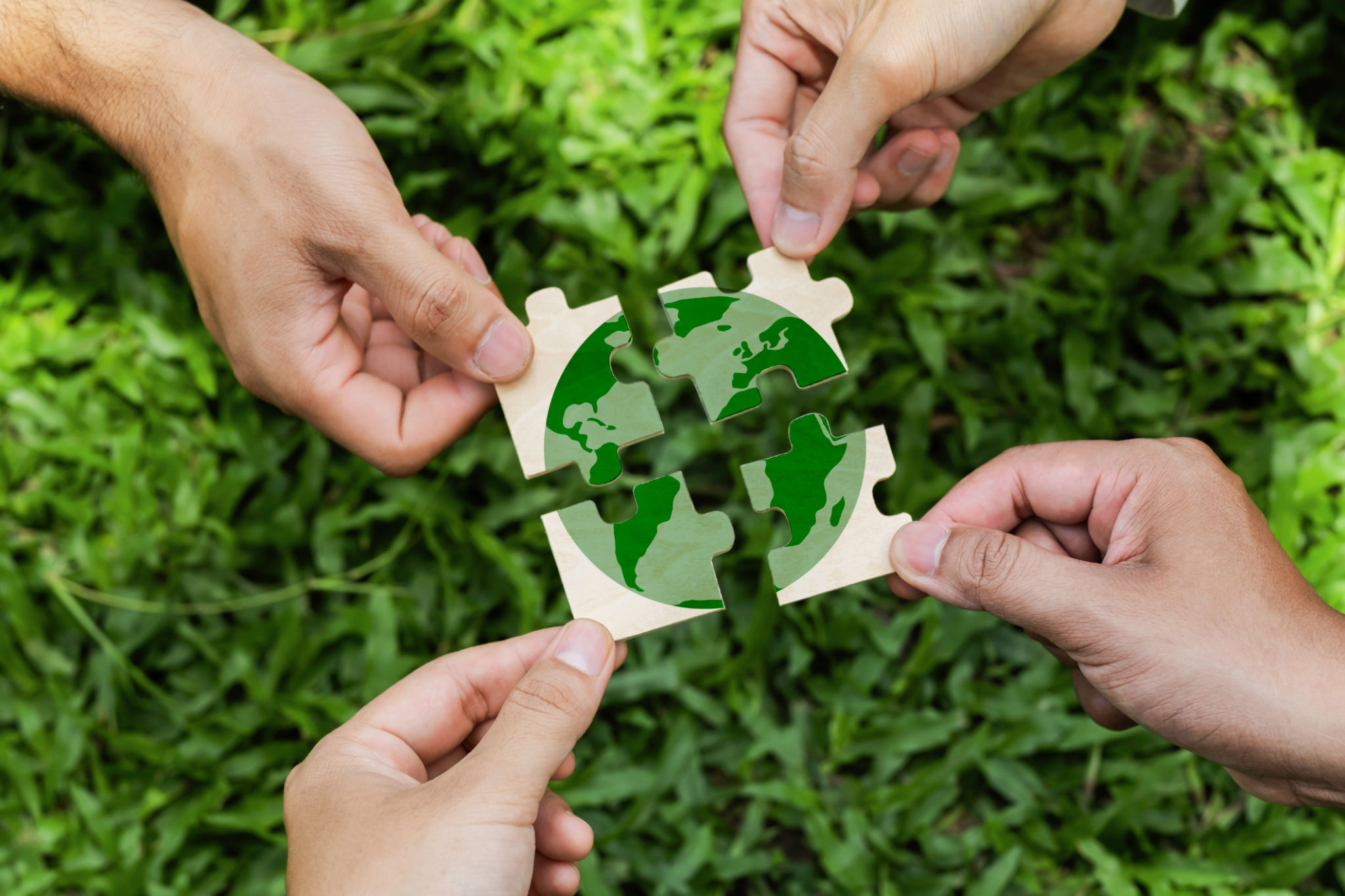The Impact of Climate Change on Ghana's Coastal Areas
Introduction to Ghana's Coastal Vulnerability
Ghana's coastal areas, stretching over 550 kilometers along the Gulf of Guinea, are home to vibrant communities and rich ecosystems. However, these areas are increasingly under threat due to the impacts of climate change. Rising sea levels, increased temperatures, and changing weather patterns are altering the landscape and livelihoods of those who live along the coast.

Rising Sea Levels and Erosion
One of the most visible impacts of climate change on Ghana's coastline is rising sea levels. Coastal erosion has become a significant issue as the sea encroaches on land, threatening homes, infrastructure, and agriculture. Villages that were once safe from the ocean's reach now find themselves facing regular flooding and land loss.
This erosion is not just a physical transformation but also an economic one. Many communities rely on coastal agriculture and fishing, both of which are adversely affected by these changes. The loss of arable land and the destruction of habitats for marine life have severe consequences for local economies.
Impact on Biodiversity
The coastal regions of Ghana are rich in biodiversity, hosting numerous species of plants and animals. Climate change-induced alterations in habitat have led to a decline in certain species, which disrupts the ecological balance. Moreover, as some species struggle to adapt to new conditions, others may thrive, leading to shifts in biodiversity that can have unforeseen consequences.

Effects on Local Communities
The people living in Ghana's coastal areas are deeply connected to their environment. Climate change impacts not only their economic activities but also cultural practices and community structures. As coastlines erode and resources dwindle, families are sometimes forced to relocate, leading to a loss of cultural heritage and social cohesion.
Additionally, health risks increase with climate change. Flooding can lead to waterborne diseases, while changing weather patterns can exacerbate malaria transmission. The impact on health further strains local resources and amplifies the challenges faced by these communities.
Adapting to Change
Efforts to adapt to these changes are underway, but they require comprehensive strategies that involve local communities, governments, and international partners. Initiatives such as building sea defenses, restoring mangrove forests, and promoting sustainable fishing practices are crucial in mitigating the adverse effects of climate change.

The Role of Policy and International Aid
Policy plays a critical role in addressing the impact of climate change on coastal areas. Ghana is working towards implementing policies that support sustainable development and environmental protection. However, these efforts must be supported by international aid and collaboration to be truly effective.
Global cooperation is essential in providing the necessary resources and technology to help vulnerable regions adapt to climate change. International organizations can offer expertise, funding, and support for projects that aim to build resilience against climate impacts.
The Path Forward
Addressing climate change in Ghana’s coastal regions requires a multi-faceted approach that combines local knowledge with scientific research and technological innovation. Empowering communities through education and resources can foster resilience and enable them to better cope with environmental changes.
The challenges are significant, but so too are the opportunities for creating sustainable solutions that benefit both people and the planet. By prioritizing adaptation strategies and fostering global partnerships, Ghana can work towards securing a more resilient future for its coastal areas.
